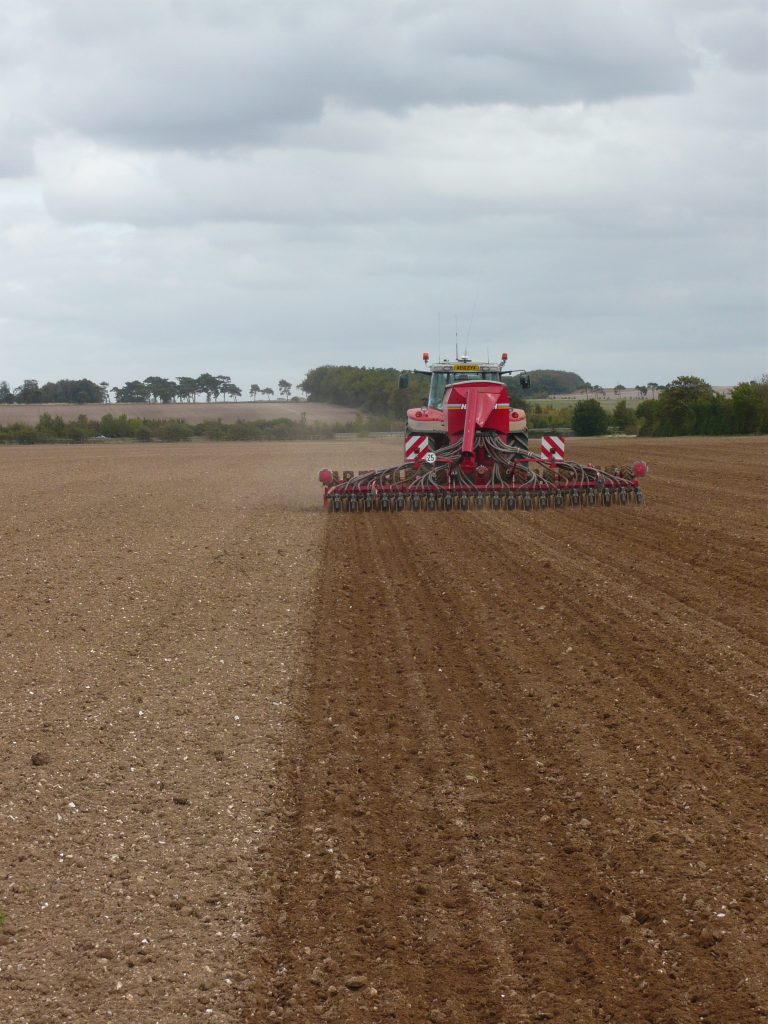Confident in your OSR drilling date?
24th August 2016
With the later start to the season experienced by growers this year and unpredictable weather, harvest is running late for many. The knock-on effect is that oilseed rape (OSR) drilling
With the later start to the season experienced by growers this year and unpredictable weather, harvest is running late for many. The knock-on effect is that oilseed rape (OSR) drilling dates are going to be stretched, and growers may find it challenging to meet their traditional time for sowing.
“Sowing should always be dictated by the current soil conditions and not the calendar date”, Bayer’s Seeds Product Manager, Sarah Middleton says; “With wheat varieties, we’re used to categorising varieties into specific drilling date slots and we should be doing the same with oilseed rape. Providing growing conditions are favourable and a suitable seed bed can be established, WOSR crops, especially hybrids, can still deliver a viable and profitable crop when drilled in September – if the right variety is chosen. Indeed, the right variety drilled in mid-September can out-perform those drilled in unfavourable conditions in August. While the traditional OSR drilling period of mid to late-August is suitable for most varieties, drilling beyond this period will see big differences in response, with many varieties unable to establish sufficiently.”
Mrs Middleton notes that choosing the right variety for a late-sown slot is therefore crucial; “OSR varieties differ widely in their autumn vigour and therefore their suitability for different sowing windows. If you are concerned that your drilling might be delayed, it is worth investigating how your chosen variety fares in late situations, and if necessary consider changing to a variety that can be safely drilled in September. It’s well known that hybrids are acknowledged for their autumn vigour but Fencer is especially vigorous in late drilling situations, and can be sown from mid-August to mid/late September. This gives you the flexibility to delay your drilling date should you need to.”
Flexibility is particularly important if soil and weather conditions are not correct, which given the extreme climatic variability is more than likely.
This is a sentiment shared by Hutchinsons Agronomist Simon Wilcox, who observes that later sown crops appear to have outperformed their early counterparts this season. He says; “The later sown crops of 2015 have performed better than those drilled in early to mid-August, benefitting perhaps from the slightly reduced soil temperatures helping against Verticillium wilt, as claimed by ADAS to be an advantage. When sowing later you need a fast variety and a variety like Fencer develops boldly and quickly. It has proved its worth this year with additional yield – often around 200 kg/ha or better with some clients.”
If growers are considering late drilling varieties it is vital to look beyond the RL data in decision-making, highlights Mrs Middleton. “Because the AHDB drill all varieties for its field trials in mid to -late August, the data does not always demonstrate the capability of late drilled specialists, which come into their own in these conditions,” she adds.
Mrs Middleton concludes by warning growers not to be tempted to drill a variety just because the field is ready – it is vital to acknowledge when you need to change your plans; “Carefully research when the variety can be drilled, and if you have to wait, wait. If the sowing window for your variety has passed or it looks like you won’t meet the date, look to a variety suited to later drilling, preferably one that will perform whether drilled in August or September.”

